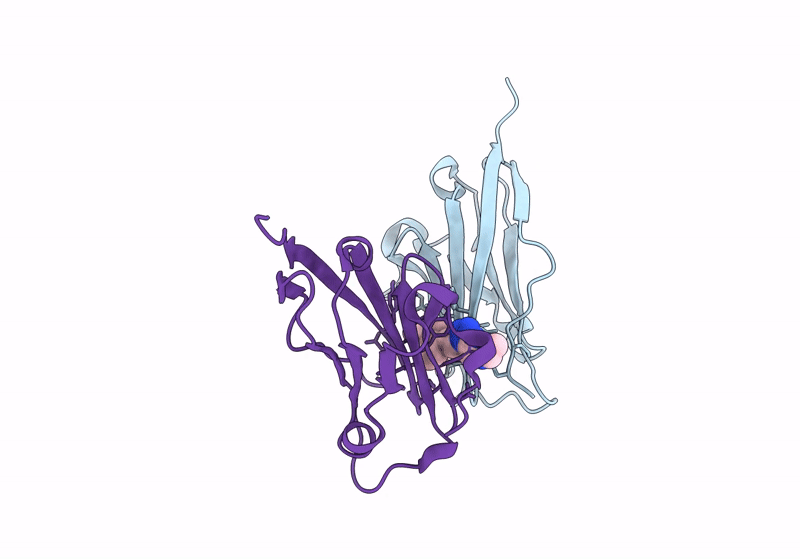
Deposition Date
2023-05-25
Release Date
2024-03-06
Last Version Date
2024-10-16
Entry Detail
PDB ID:
8P64
Keywords:
Title:
Co-crystal structure of PD-L1 with low molecular weight inhibitor
Biological Source:
Source Organism:
Homo sapiens (Taxon ID: 9606)
Host Organism:
Method Details:
Experimental Method:
Resolution:
3.31 Å
R-Value Free:
0.29
R-Value Work:
0.23
Space Group:
P 31 2 1


